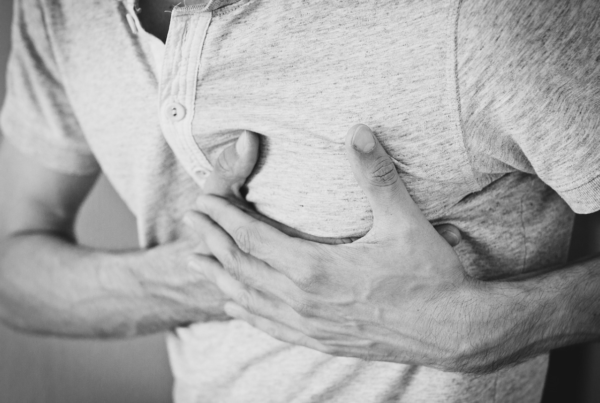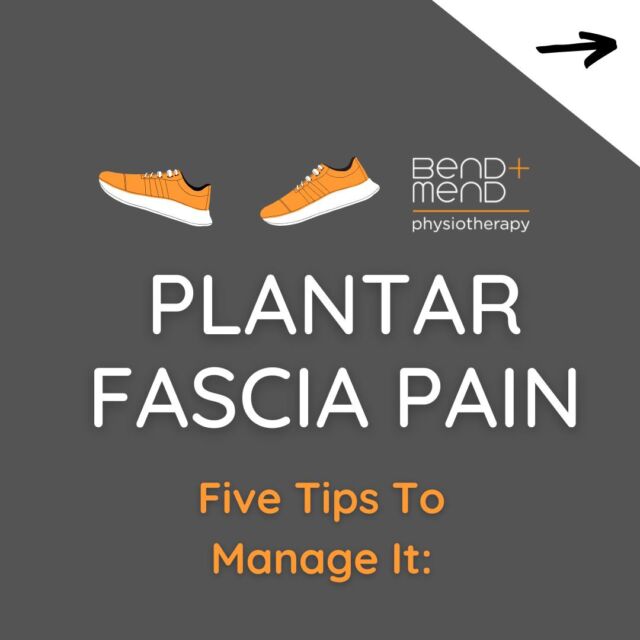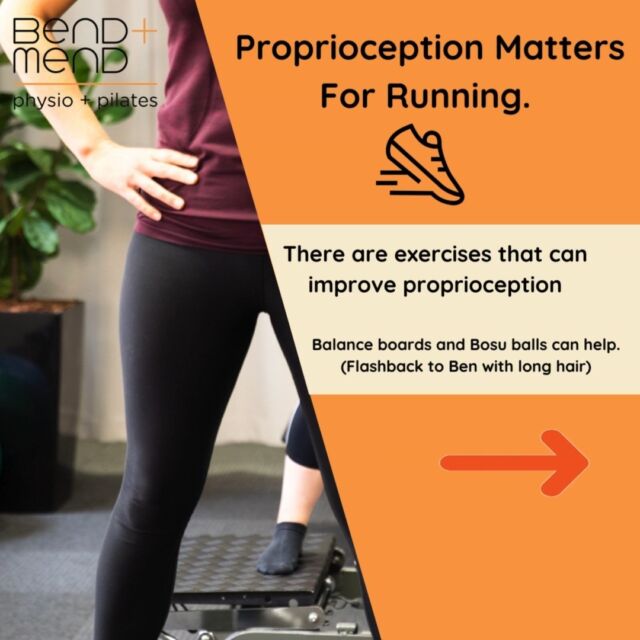As discussed in Part 1, strengthening your shoulder stabilisers may be key to restoring pain free function if you have neck, mid-back, shoulder and/or arm pain. You’re probably wondering which of these muscles is most important?
The most important scapular (shoulder blade) stabilising muscles that tend to weaken include:
• Trapezius: There are three portions to the trapezius muscle; upper, middle, and lower fibres. Each portion is responsible for moving + stabilising the shoulder blade in a different way.
The correct position for the scapula is retracted (back) and rotated down. A round shouldered (hunched) posture is to be avoided.
You need to use your middle and lower trapezius to achieve the correct scapular position as these muscles are responsible for retracting the scapula and pulling it down medially. A hunched posture places the middle and lower trapezius into a disadvantaged lengthened position, which ultimately results in overactivity of other muscles in the neck, mid-back, shoulder and arm.
One simple exercise to retrain the middle and lower trapezius is to lie on your stomach with your arms by your sides and draw one shoulder back and down towards your opposite hip. Hold this position for 5 seconds, slowly return to the starting position and repeat four times.
• Serratus Anterior: The primary function of the serratus anterior is to protract the scapula, that is, pull it forward and around the rib cage. Serratus anterior dysfunction causes ‘winging of the scapula’ and ultimately results in shoulder dysfunction. This muscle plays an important scapular stabilising and positioning role.
One exercise for the serratus anterior is to start with the end of a theraband in one hand at shoulder height and with the elbow bent. Push the hand forwards in a punching motion, straightening the elbow. Reach as far forward as possible and then slowly return the hand to the starting position.
Follow the link below to view the exercise:
https://www.youtube.com/watch?v=0mSAeOOaAuc
Correct scapular stability is difficult to learn and requires a high level of concentration and practice. You firstly need to understand the correct position of your shoulder blade under guidance from your Physiotherapist and then control the position whilst performing exercises that are devised for you.
If you have shoulder pain book in to see one our experienced Physio’s at Sydney’s Bend + Mend Physio + Pilates.







